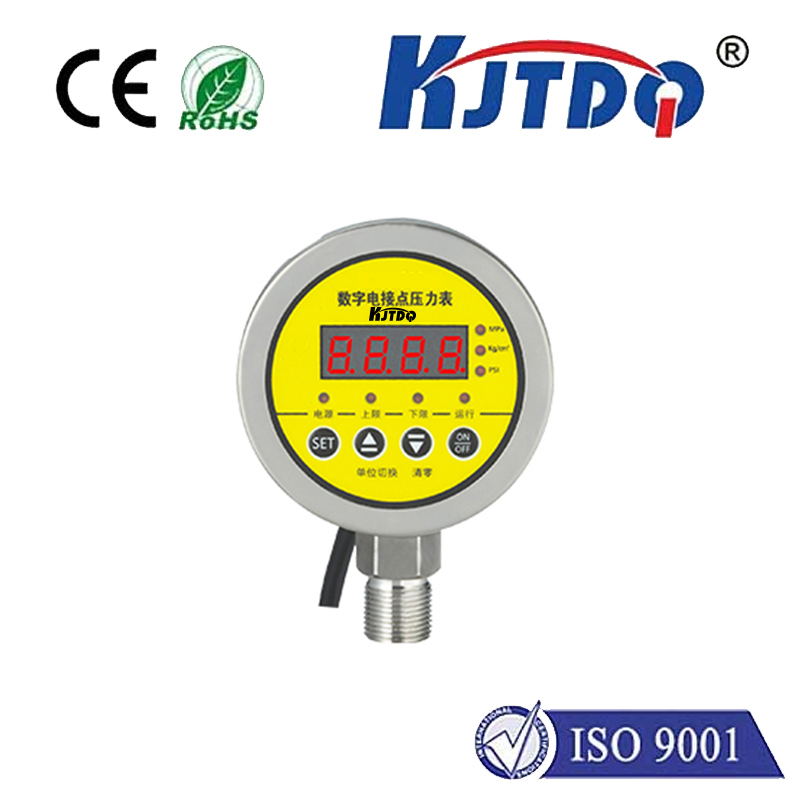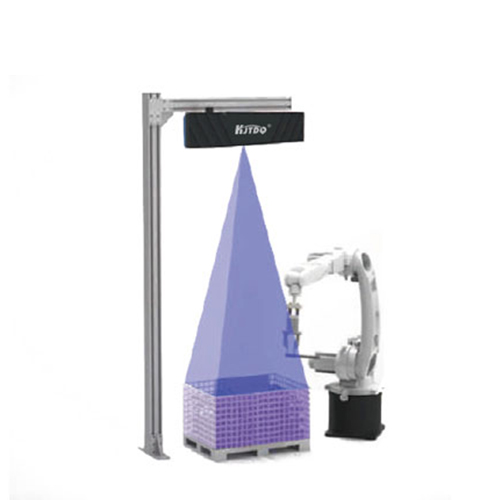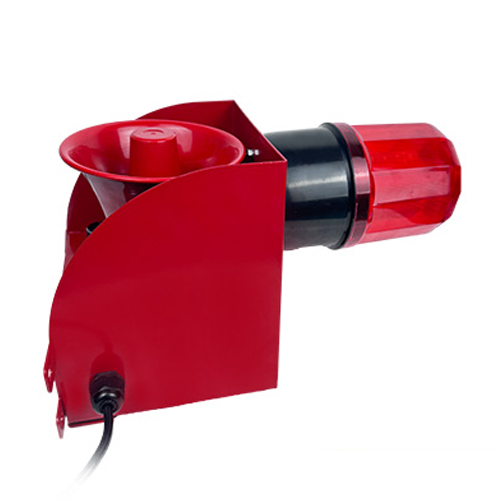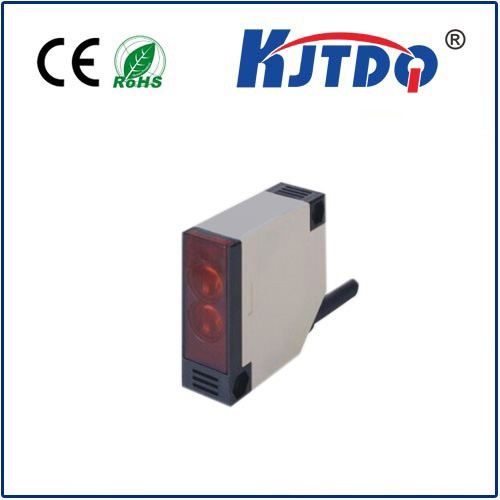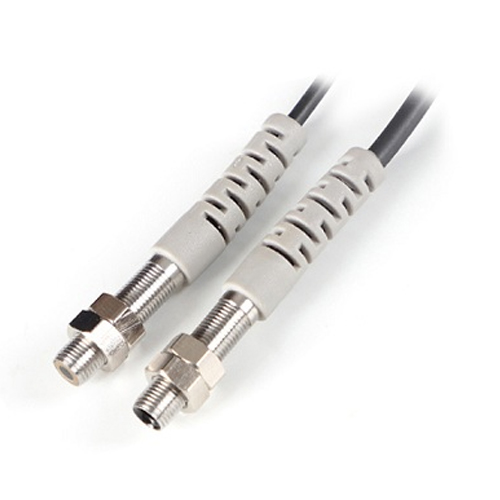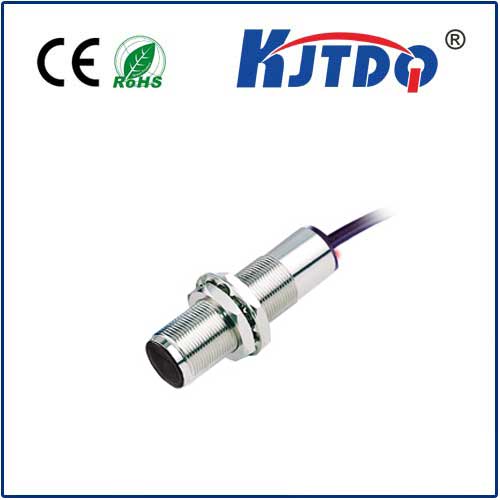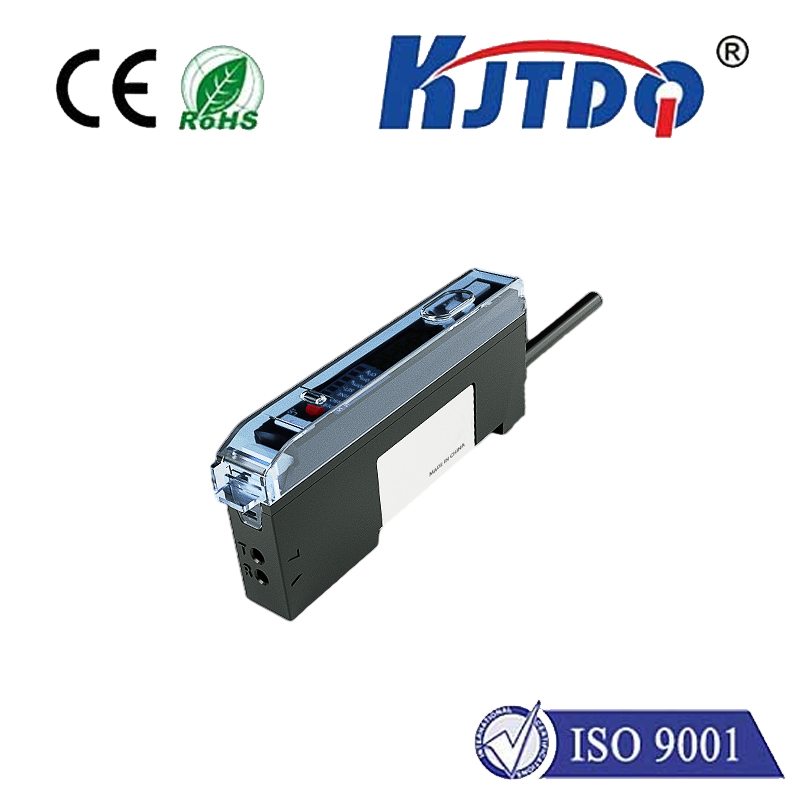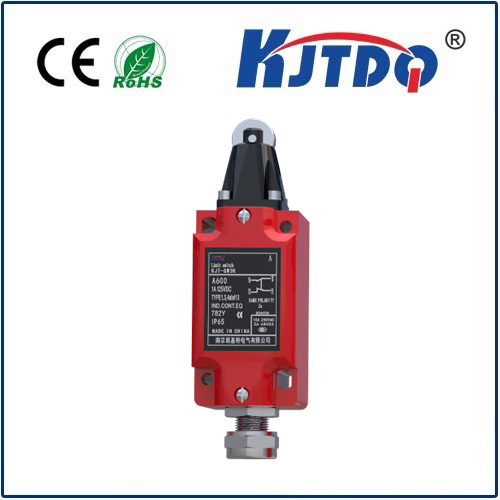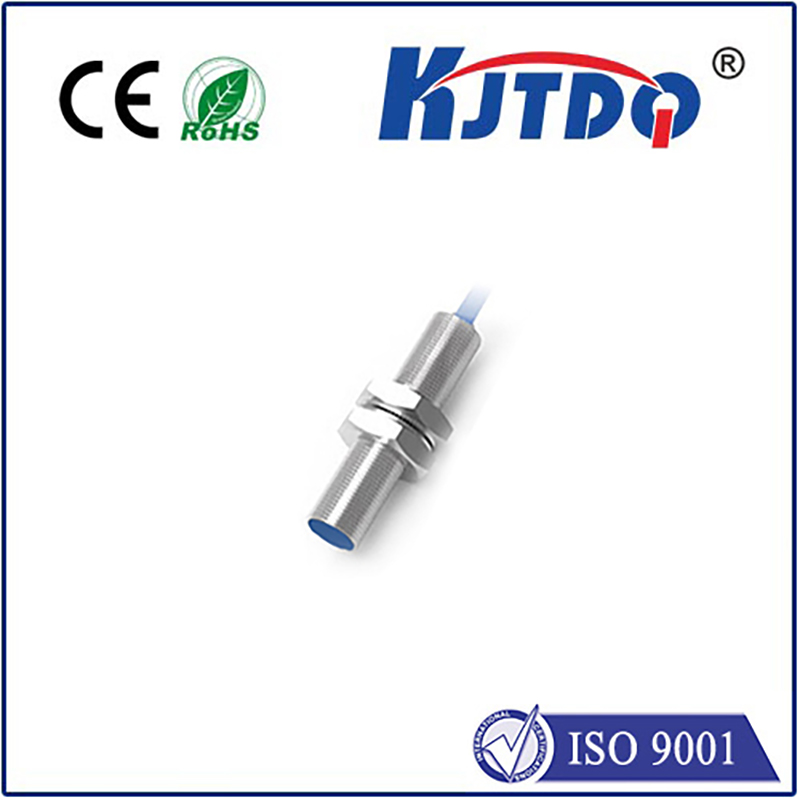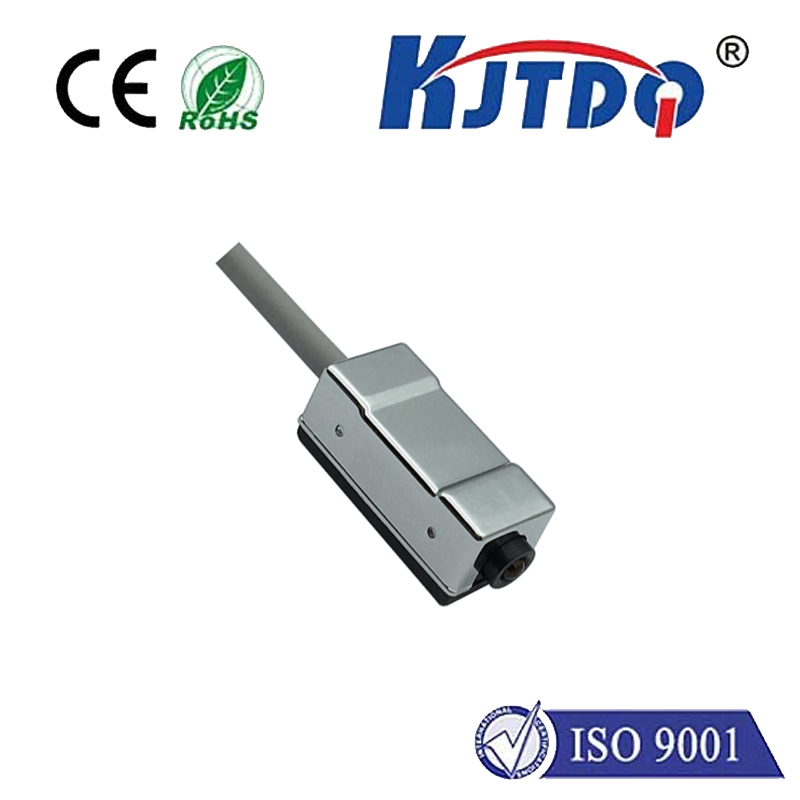lorawan temperature sensor
- time:2025-08-20 00:54:18
- Нажмите:0
Beyond the Wire: How LoRaWAN Temperature Sensors Revolutionize Remote Monitoring
For decades, monitoring temperature in remote, expansive, or hard-to-reach locations has been a logistical headache. Think sprawling agricultural fields, multi-story warehouses, distant utility substations, or critical vaccine storage deep within a healthcare facility. Traditional wired sensors are often impractical, involving costly installation and limiting flexibility. Battery-powered wireless sensors using older technologies drain power quickly or struggle with range and penetration. This is where the transformative power of the LoRaWAN temperature sensor emerges, offering a paradigm shift in how we gather vital environmental data.
The Core Challenge: Temperature Matters, Everywhere
Temperature is more than just a number on a gauge. It’s a critical parameter influencing:
- Product Integrity: Ensuring food, pharmaceuticals, and chemicals stay within safe ranges during storage and transit (cold chain logistics).
- Operational Efficiency: Optimizing energy usage in HVAC systems for buildings and industrial processes.
- Asset Protection: Preventing freezing in pipes or overheating in electrical cabinets.
- Agricultural Yield: Monitoring soil and ambient conditions for optimal crop growth and frost warning.
- Compliance: Meeting stringent regulatory requirements for environmental monitoring.
The challenge lies in reliably and cost-effectively capturing this data where it matters, often in places without easy power access or conventional network coverage.
Enter the LoRaWAN Temperature Sensor: Long-Range, Low-Power Solution

А.LoRaWAN temperature sensor combines a precise temperature sensing element (like an NTC thermistor or digital sensor) with a LoRaWAN communication module. LoRaWAN (Long Range Wide Area Network) is a low-power, wide-area networking (LPWAN) protocol designed specifically for the Internet of Things (IoT). It solves the fundamental problems plaguing traditional remote monitoring:
- Unmatched Range: LoRa modulation enables communication over kilometers (up to 15+ km in open areas, several km even in dense urban or deep indoor settings). Sensors can be placed virtually anywhere within a gateway’s reach.
- Exceptional Battery Life: LoRaWAN’s ultra-low power consumption is revolutionary. Sensors spend most of their time in deep sleep, waking only briefly to take a reading and transmit it. Battery life can extend for years, sometimes even a decade, eliminating constant maintenance and battery swaps.
- Deep Penetration: LoRa radio waves effectively penetrate building materials, concrete, and even partially underground, making them suitable for basements, silos, or buried utility vaults.
- Scalability: A single LoRaWAN gateway can handle thousands of end-devices (sensors), making it incredibly efficient to deploy vast sensor networks over wide areas.
- Cost-Effectiveness: Lower hardware costs (compared to cellular IoT modules), minimal infrastructure needs (fewer gateways), and near-zero operational costs (free public networks or affordable private ones) make large-scale deployments financially viable.
- Bi-directional Communication: While primarily sending data, LoRaWAN allows for downlink messages. This enables remote configuration changes (e.g., adjusting reporting intervals) or sending commands to connected actuators (though less common in simple temp sensors).
How It Works: Simplicity Meets Power
The operation is elegantly simple yet powerful:
- The sensor periodically wakes up, measures the temperature (and potentially humidity, pressure, etc. if it’s a combo unit).
- It uses the LoRa radio to transmit this small packet of encrypted data wirelessly.
- The data travels via LoRaWAN protocol to the nearest gateway.
- The gateway acts as a relay, forwarding the data over standard IP networks (like Ethernet, Cellular, or Satellite) to a LoRaWAN Network Server (LNS).
- The LNS manages the network, authenticates devices, decrypts data, and routes it securely to the designated application platform.
- This platform processes, stores, visualizes the temperature data, and triggers alerts if readings go outside predefined thresholds.
Unlocking Diverse Applications
The unique capabilities of LoRaWAN temperature sensors open doors to countless use cases:
- Cold Chain Monitoring: Ensuring uninterrupted temperature control for perishable goods from farm to fork, or lab to patient. Real-time alerts prevent costly spoilage.
- Smart Agriculture: Monitoring microclimates in fields, greenhouses, or livestock barns. Protecting vulnerable crops from frost or heat stress.
- Facility & Building Management: Tracking ambient temperature across offices, warehouses, server rooms, and museums for comfort, safety, and energy optimization. Monitoring pipe temperatures to prevent freezing.
- Industrial IoT (IIoT): Safeguarding sensitive equipment, monitoring process temperatures, or ensuring optimal conditions in manufacturing and storage environments.
- Environmental Monitoring: Tracking conditions in remote weather stations, forests, lakes, or conservation areas.
- Smart Cities: Monitoring conditions in public infrastructure, utility substations, or public transport assets.
Key Advantages Summarized: Why Choose LoRaWAN?
- Wireless Freedom: No complex wiring required, enabling rapid deployment in diverse locations.
- Long Range & Deep Penetration: Cover vast areas or hard-to-reach spots with minimal infrastructure.
- Ultra-Low Power: Experience multi-year battery life, drastically reducing maintenance costs.
- Massive Scalability: Deploy thousands of sensors efficiently under a single network umbrella.
- Cost Efficiency: Lower total cost of ownership than wired systems or cellular IoT for massive deployments.
- Robust & Secure: AES-128 encryption ensures data security; the protocol is inherently robust against interference.
Deploying Your LoRaWAN Temperature Network: Key Considerations
Success hinges on thoughtful planning:
- Sensor Selection: Choose sensors with the required accuracy, ruggedness (IP rating), battery type/life, and any additional sensors (humidity often complements temperature).
- Network Coverage: Identify if a Public LoRaWAN Network (like The Things Network, Senet, or Helium) covers your area, or if a Private Network is needed. Private networks offer more control and potentially higher payload capacities.
- Gateway Placement: Strategically position gateways to ensure robust coverage for all sensor locations, considering terrain and building materials. Tools exist to model coverage.
- Network Server & Application: Select a reliable LNS (often provided by gateway vendors or cloud platforms) and a user-friendly application platform for data visualization, alerting, and integration.
- Security: Utilize device activation methods (OTAA/ABP) securely and ensure keys are stored safely. Leverage network-level encryption.
The LoRaWAN temperature sensor is far more than just a gadget; it’s the cornerstone of a smarter, more efficient, and data-driven approach to understanding and controlling our environment. By eliminating the constraints of wires, power cords, and limited range, it empowers businesses and organizations to monitor what matters, where it matters, reliably and affordably. It’s a silent guardian, powered for years, whispering crucial temperature data across vast distances, enabling better decisions and

